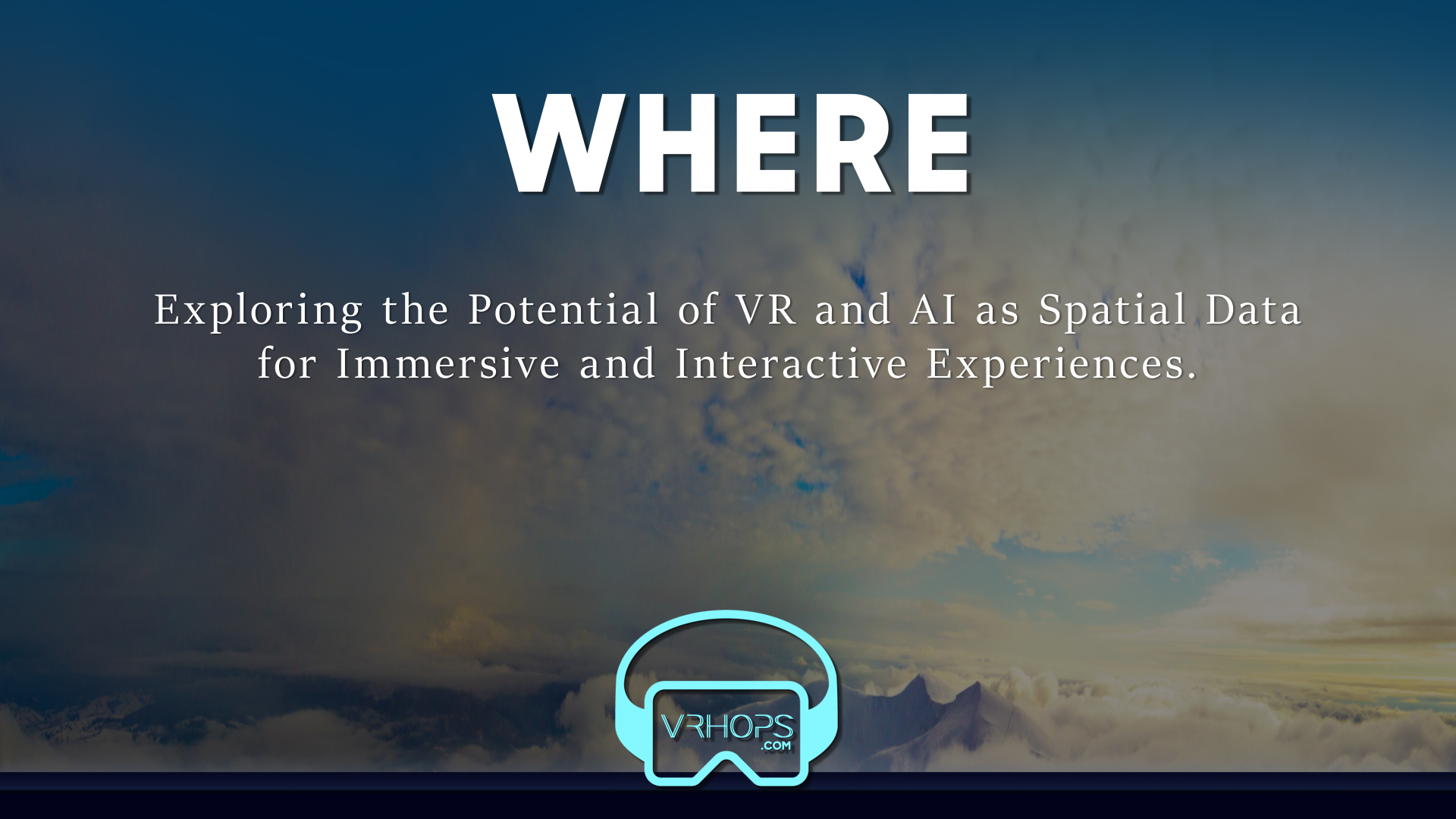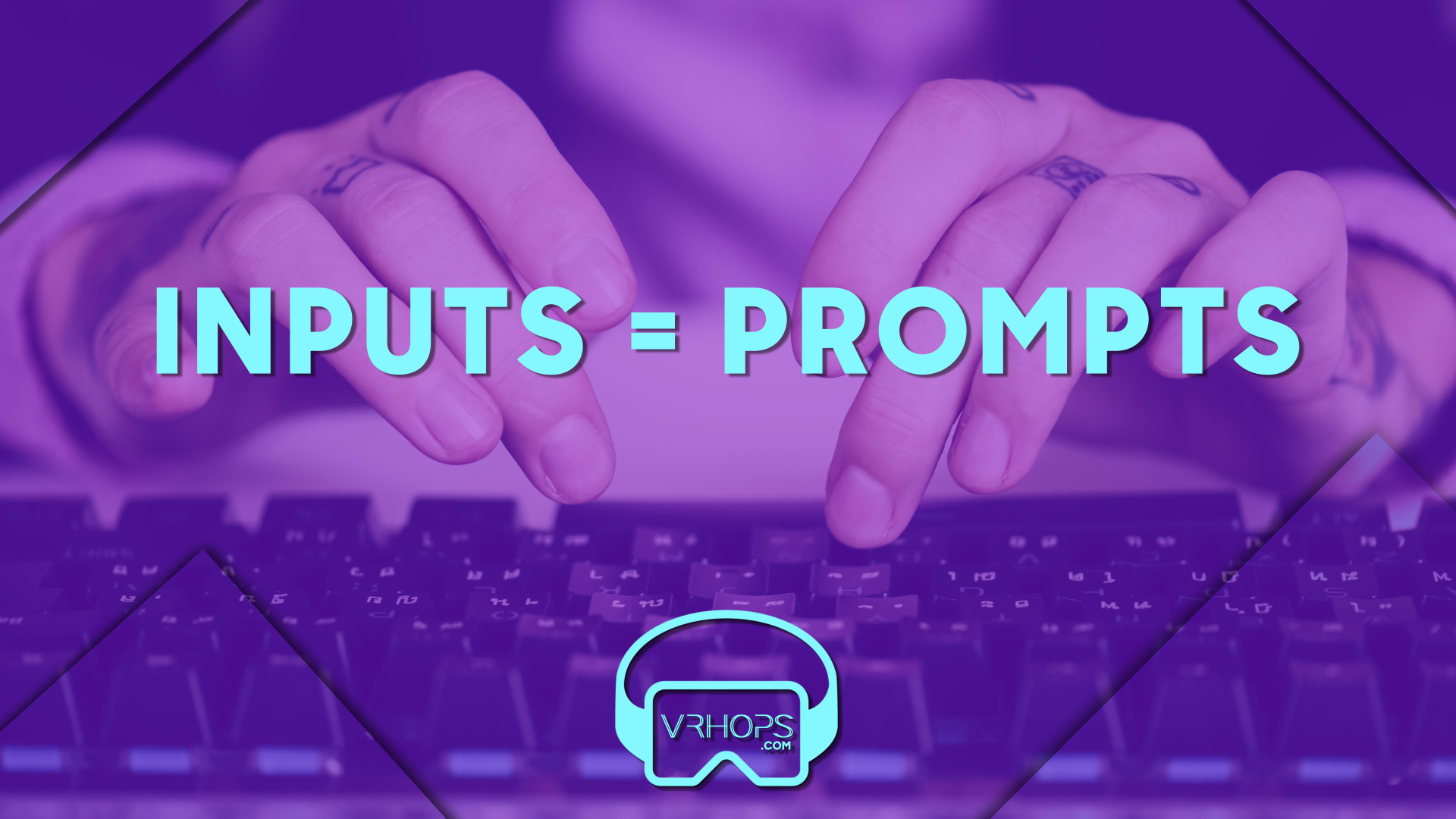
“Exploring the Potential of VR and AI as Spatial Data for Immersive and Interactive Experiences.”
When we think of VR (virtual reality) and AI (artificial intelligence) as spatial data, we can start to see how these technologies can be used to create immersive and interactive experiences.
Spatial data refers to information that is linked to a specific location or geography. VR can be thought of as a type of spatial data because it creates a virtual space that users can interact with. AI can also be thought of as spatial data because it can be used to analyze and understand patterns in data that is linked to specific locations.
When we combine VR and AI, we can create powerful applications that allow users to interact with virtual spaces in new and innovative ways. For example, VR and AI can be used together to create virtual simulations for training and education, allowing users to experience scenarios that might be difficult or dangerous to recreate in the real world. VR and AI can also be used together to create personalized experiences for users, such as virtual shopping assistants that recommend products based on a user’s preferences and past purchases.
Overall, thinking of VR and AI as spatial data helps us to see the potential for these technologies to create new and exciting experiences for users in a wide range of industries, from education and training to entertainment and retail.

“The Importance of Spatial Data in AI-Powered Virtual Reality Applications”
THE WHERE
In the context of AI prompts and virtual reality, the variable “where” can be referred to as “spatial data.” Spatial data refers to information related to the physical or virtual location of objects or entities within a given environment. This can include data about the size, shape, and orientation of objects, as well as their distance and position relative to other objects or reference points.
In virtual reality applications, spatial data is particularly important, as it is used to create realistic and immersive environments that users can interact with. By providing accurate and detailed spatial data, AI systems can generate prompts that allow users to explore and interact with virtual environments more naturally and intuitively.
Examples of spatial data that might be used in virtual reality applications include:
– Geospatial data: This includes information about the physical location of objects within a given area, such as GPS coordinates, elevation, or topography.
– 3D modeling data: This includes information about the size, shape, and orientation of objects within a virtual environment, as well as their relationships to other objects or reference points.
– Sensor data: This includes information from sensors or cameras within a virtual environment, such as depth sensors, motion sensors, or temperature sensors.
By incorporating spatial data into AI prompts for virtual reality applications, developers can create more immersive and engaging experiences for users. This can include prompts that allow users to explore virtual environments, manipulate objects within those environments, or interact with other users in real time. Overall, the use of spatial data in virtual reality AI prompts has the potential to revolutionize the way we interact with virtual environments and the world around us.





